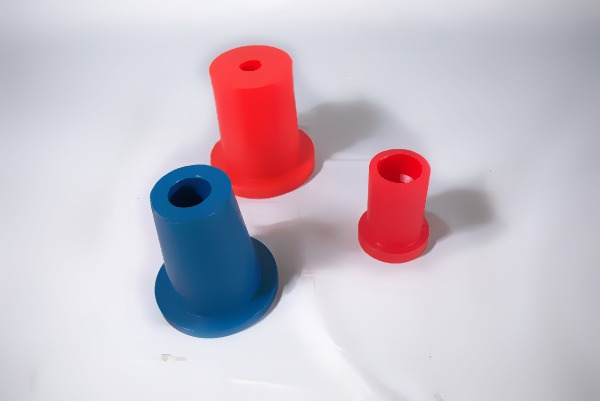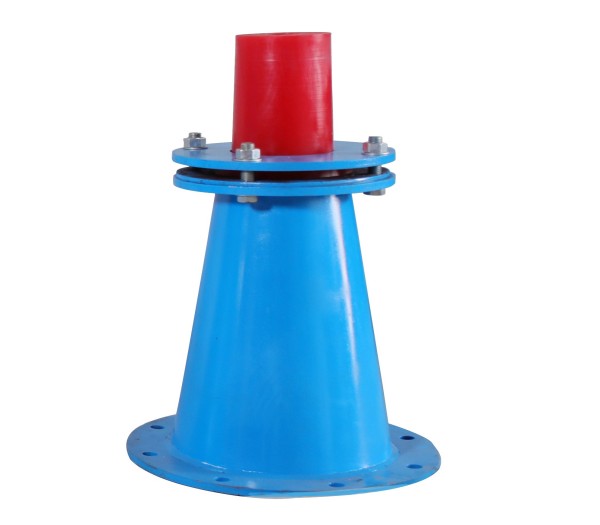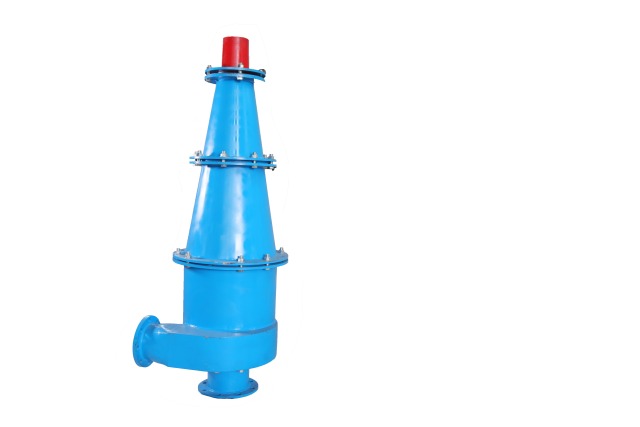
Menu
 LDHB Machines
LDHB Machines

Using high-pressure air as a power source to drive abrasive particles to hit objects within a certain range will produce a great impact. The function of the sandblasting nozzle is to spray abrasive particles on the object evenly and efficiently.
Sandblasting nozzles can be divided into: straight hole sandblasting nozzle, Venturi sandblasting nozzle, double Venturi sandblasting nozzle, angle sandblasting nozzle
Straight hole nozzle: There are only contraction section and straight section inside, the structure is simple and easy to manufacture. This kind of nozzle cannot overcome the vortex phenomenon existing at the inlet end, and the pressure loss is large; the abrasive velocity at the outlet is less than 100m/s under the pressure of 0.7MPa.

Venturi nozzle: The internal structure of Venturi sandblasting nozzle is divided into three parts: contraction section, straight section and diffusion section, which are difficult to manufacture. The dynamic performance of the Venturi nozzle is better than that of the straight hole nozzle, and the swirl phenomenon is obviously improved; the pressure loss is obviously reduced. Under the same pressure conditions, the outlet speed of the abrasive of the straight hole nozzle is more than doubled, the working efficiency is increased by 15-40%, and the abrasive consumption is reduced by 20%.

Double Venturi nozzles: Double Venturi sandblasting nozzles are composed of two front and rear nozzles. Due to the high-speed air flow, a negative pressure is generated to suck the surrounding air into the nozzles; resulting in the ejected air volume being greater than the inhaled air volume. The sandblasting area of the double Venturi nozzle is 35% larger than that of the Venturi nozzle, and the outlet velocity of the sandblasting medium is reduced. This type of nozzle is often used for medium-intensity surface treatment of large areas.
Angle nozzle: It can change the movement direction of the abrasive, which can be used to clean the trusses of steel structures such as bridges and iron towers, the back of flanges, the inner surface of rigid pipes and other parts that are difficult to clean. There are 1, 2 and 3 holes commonly used in angle nozzles. The angle between the center line of the hole and the axis of the nozzle is 45 degrees/90 degrees/135 degrees, which can meet the needs of different construction sites and different shapes of workpieces.